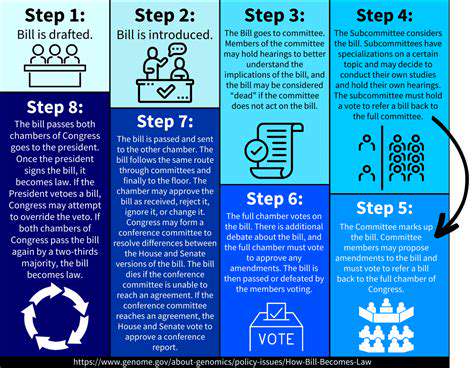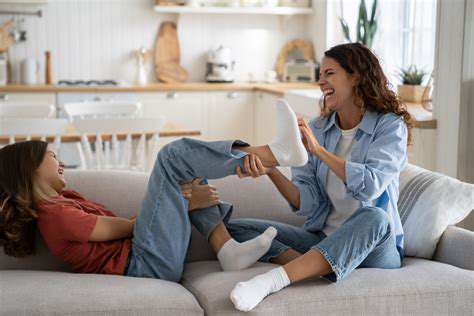How to House Train an Adult Dog
Establishing a Consistent Routine
Understanding the Importance of Routine
Establishing a consistent routine is crucial for house training any dog, but especially adult dogs. Adult dogs, unlike puppies, often have ingrained habits and routines. A predictable schedule allows them to anticipate their needs and, importantly, helps you predict their needs. This predictability reduces accidents and promotes a stronger bond between you and your dog as they learn to trust your cues and routines.
Creating a Predictable Feeding Schedule
Feeding your dog at the same time each day reinforces a routine. This predictability helps regulate their digestive system and establishes a pattern for when they might need to eliminate. Avoid leaving food out all day, as this can lead to accidents and disrupt the natural rhythm of their elimination cycles. Consistent feeding times also make it easier to monitor their bowel movements, which can be an early indicator of potential health issues.
Scheduling Regular Bathroom Breaks
A key component of a consistent routine is scheduling regular bathroom breaks. Take your dog outside at specific times, especially first thing in the morning, after meals, and before bed. This helps the dog associate specific times with relieving themselves outside. Be patient and consistent; it may take time for your dog to learn the new routine. Positive reinforcement is key in this process.
Utilizing Cues and Signals
Using verbal cues and signals can greatly enhance the effectiveness of your routine. Develop a consistent cue, like Go potty, and use it each time you take your dog outside. This helps the dog associate the cue with the desired action. You can also use visual cues, like pointing to a specific spot outside, or even a hand signal. Over time, these cues will become powerful tools to guide your dog and reinforce the desired behavior.
Managing Potty Accidents and Rewards
Accidents happen, and it's important to remain calm and consistent in your response. Clean up accidents thoroughly to eliminate any lingering odor that might attract your dog to the same spot again. If you catch your dog in the act of eliminating indoors, gently redirect them to the designated outdoor area. After successfully eliminating outside, use positive reinforcement like praise, treats, and affection to reward the desired behavior. Always make sure to keep a positive and encouraging attitude throughout the training process.
Adapting Your Routine for Different Situations
Your dog's routine should be adaptable to your lifestyle. Consider factors like your work schedule, your dog's energy levels, and any other commitments you may have. If you have a busy schedule, you may need to adjust the frequency of bathroom breaks. If your dog is particularly energetic, you may need to increase the time spent outside. Being flexible while maintaining consistency will help you achieve the best results in house training your adult dog.
Using Positive Reinforcement Techniques
Understanding Positive Reinforcement
Positive reinforcement is a cornerstone of effective dog training, focusing on rewarding desired behaviors rather than punishing unwanted ones. This approach fosters a positive association between the dog and the desired actions, creating a more enjoyable and collaborative learning experience. It's crucial to understand that positive reinforcement techniques are not about ignoring unwanted behaviors but rather about redirecting and replacing them with acceptable alternatives.
By consistently rewarding good behavior, you build trust and strengthen your bond with your dog. This approach avoids the potential for anxiety or fear that can arise from punishment-based methods. Understanding how to effectively utilize positive reinforcement is key to successful house training.
Identifying Target Behaviors
Before implementing any training program, it's essential to identify the specific behaviors you want to encourage. In house training, this might include eliminating accidents, consistently using a designated potty area, and exhibiting calm and controlled behavior when inside the home. Clearly defining these target behaviors allows you to focus your rewards on the actions you want to see, making the training process more efficient.
Detailed observation and careful note-taking are key to identifying these target behaviors. Pay attention to your dog's cues and body language. Is there a particular time of day when accidents are more frequent? Are there any specific locations where your dog seems to prefer toileting? These insights will help tailor your reinforcement strategy to your dog's needs.
Choosing Effective Rewards
The rewards you choose should be highly motivating for your dog. This could be a favorite treat, a game of fetch, a special toy, or even praise and petting. The key is to select something that your dog finds inherently pleasurable. Consistency is crucial; use the same reward consistently for the same behavior.
Consider your dog's individual preferences when selecting rewards. Some dogs might be more motivated by food, while others may prefer play or attention. Experiment with different types of rewards to discover what works best for your dog. Avoid using rewards that might quickly lose their appeal, such as readily available table scraps or overused toys.
Timing and Frequency of Rewards
Timing is critical in positive reinforcement. Reward your dog immediately after they exhibit the desired behavior. The quicker the reward, the stronger the association between the action and the positive consequence. This immediate feedback reinforces the correct behavior, making it more likely to be repeated.
The frequency of rewards should gradually decrease as your dog becomes more proficient. Start with frequent rewards to establish the connection, then gradually reduce the frequency as the behavior becomes more automatic. This gradual fading of rewards helps prevent the dog from becoming overly reliant on treats for motivation.
Using a Designated Potty Area
Establishing a specific area for your dog to relieve themselves is essential for house training. This could be a designated corner of the yard, a specific spot on a leash, or a designated area within the home. Consistency is paramount; always take your dog to this area at the same times each day, and after meals or naps.
Regular potty breaks and a consistent routine help your dog understand the expected behavior. If your dog has an accident outside of the designated area, calmly clean up the mess and return them to the designated area. Do not punish them for accidents; instead, focus on rewarding them for using the correct location.
Consistency and Patience
Positive reinforcement training requires consistency and patience. Inconsistency can confuse your dog and hinder their learning. Ensure all household members are consistent in their application of the training methods.
House training takes time and effort. Be patient with your dog, and celebrate small victories along the way. Consistency and patience are vital for success. Consistency in your approach, combined with a positive and encouraging attitude, will lead to a well-trained and happy canine companion.
Addressing Potential Challenges
House training can present challenges, such as accidents or resistance to using the designated area. If you encounter such issues, try to identify the underlying cause. Medical problems, stress, or lack of sufficient exercise could contribute to accidents.
Consult with a veterinarian or a certified professional dog trainer if you are struggling to address specific challenges. They can provide personalized guidance and support to help you overcome hurdles and achieve your house training goals effectively. Remember that every dog is unique, and finding the right approach takes time and effort.
Addressing Accidents and Maintaining Consistency
Understanding Common Accidents
Adult dogs, like puppies, can have accidents in the house, but the reasons and solutions might differ. Understanding the underlying cause is crucial. Perhaps the dog isn't getting enough opportunities to relieve themselves outside, or maybe there's a medical issue at play. It could also be related to changes in their routine or environment, such as a recent move or the addition of a new pet. Identifying the root of the problem is the first step toward consistent success in house training.
Sometimes, older dogs who were previously house-trained might regress. This can be due to age-related cognitive decline, arthritis, or other health concerns that affect their ability to make it outside in time. A thorough vet visit is essential to rule out any underlying medical conditions before focusing solely on training methods.
Establishing a Routine
Consistency is key. Create a predictable schedule for feeding, playtime, and walks. This helps the dog anticipate when they need to go outside. A regular feeding time, followed by a walk, can greatly reduce the likelihood of accidents occurring inside the home. Be sure to take your dog out frequently, especially first thing in the morning, after meals, and after naps.
Regular walks, combined with consistent potty breaks, will help your dog establish a routine. This predictable schedule helps them understand when it's time to eliminate, reducing accidents in the house. Try to stick to the same routine as much as possible, even on weekends, to reinforce the association between specific times and outdoor elimination.
Addressing Medical Issues
If accidents persist despite a consistent routine, consult your veterinarian. Underlying medical conditions like urinary tract infections, arthritis, or cognitive dysfunction can cause accidents. A vet can diagnose any medical problems and recommend appropriate treatment, which is vital for long-term success. A medical issue can significantly impact a dog's ability to hold their bladder or bowels, and addressing it is crucial before implementing training strategies.
A thorough examination can rule out any potential medical reasons for the accidents. This allows you to focus on training solutions if no underlying medical issues are present. Early detection and treatment of medical problems are essential for the dog's overall health and well-being, while also improving the success rate of house training.
Reinforcing Positive Behavior
Positive reinforcement is crucial for house training any dog, regardless of age. Reward your dog immediately after they eliminate outside. Use high-value treats, praise, and petting. This positive association will reinforce the desired behavior, making it more likely for the dog to repeat it. Positive reinforcement is far more effective than punishment, and it helps create a positive learning environment for your pet.
Avoid punishment for accidents. Instead, focus on preventing future accidents by increasing the frequency of potty breaks and ensuring your dog has access to the outdoors. Punishment can create fear and anxiety, which can hinder the training process. Focus on rewarding the desired behavior, which is the most effective approach to house training.

Read more about How to House Train an Adult Dog
Hot Recommendations
- How to Teach Your Dog to Leave It
- My Pet's First Snow Experience [Story]
- Review: [Specific Brand] Pet Water Fountain
- Guide to Dealing with Aggression in Dogs
- Guide to Using Positive Reinforcement in Training
- Living with a Pet Who Loves the Outdoors
- Guide to Puppy Obedience Training
- Guide to Training a Deaf Dog
- Funny Moments While Grooming My Pet
- Best Training Methods for Specific Dog Breeds
![A Week in the Life of My [Pet's Name]](/static/images/33/2025-05/DinnertimeDelightsandEveningEntertainment.jpg)
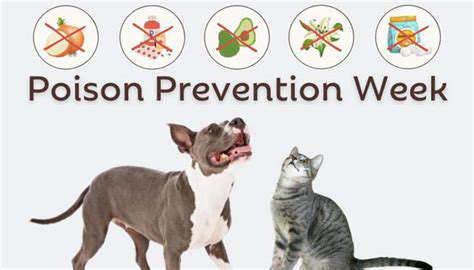
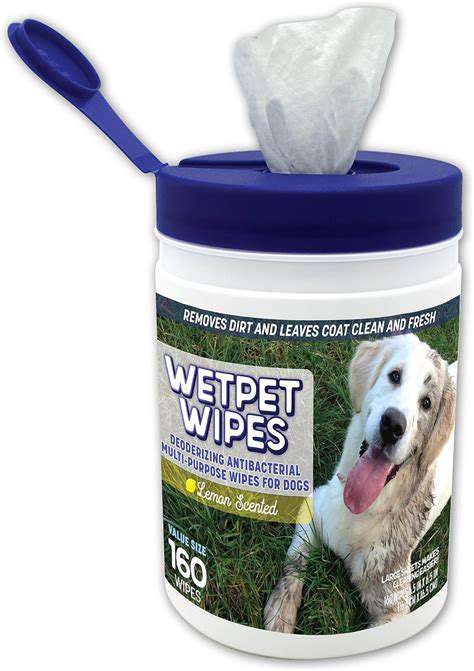
![Best Pet Strollers [For Seniors or Injured Pets]](/static/images/33/2025-05/ImportantConsiderationsBeforePurchase.jpg)

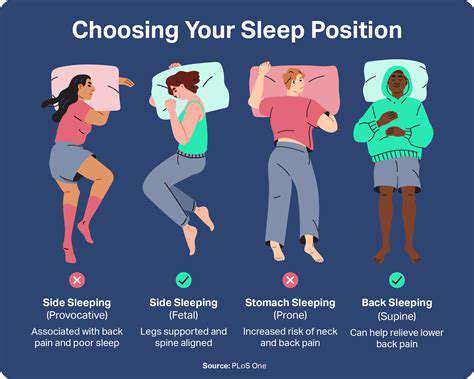

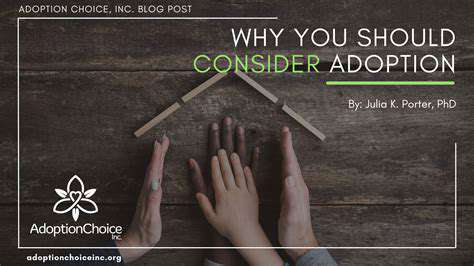
![Guide to Winter Pet Care [Protecting Paws]](/static/images/33/2025-06/PreventingSaltandChemicalExposure3ASafeguardingPawHealth.jpg)

